I have a picture of a 96-well plate from a top view, where the bottom of the plate has been made transparent. What I would like to do eventually is have the cells or columns change color when users of my Shiny app click on a certain button that represents an experimental condition (which is a certain a color and labeled with the condition's name), and then either on a certain well or on the column number (see below).
My thought currently is to make an HTML table and render it behind the image of the 96 well plate. Once a color choice button is pushed and a certain table cell or column is chosen, those cells will change the background to be that color. I just want to make sure that I am going about this in the most sensible way possible. This will also be how the user will assign conditions to the wells for data analysis and graph-making purposes. Essentially, the wells are assigned a condition in an analysis script, similar to what's shown below. Once the HTML table cell is changed to reflect a certain condition/color, the corresponding wells in the R script will also reflect that condition (This is another 'eventually' kinda thing).
# Add condition information specific to this experiment
sum_tab[, loc_id:=str_extract(location, "\\d{2}")]
sum_tab$loc_id = as.integer(sum_tab$loc_id)
sum_tab[, condition:="empty"]
sum_tab[loc_id %in% 1:12, condition:=paste("Wild Type")]
sum_tab[loc_id %in% 13:24, condition:=paste("3_fish_gse1_(-16/+)")]
sum_tab[loc_id %in% 25:36, condition:=paste("3_fish_cox8a (-75/+0)")]
sum_tab[loc_id %in% 37:48, condition:=paste("3_fish_fam171a1 (-10/+)")]
sum_tab[loc_id %in% 49:60, condition:=paste("3_fish_clec19a (-14/+)")]
My question, simply put, is this: Is there a way to call up the identity of individual cells in an HTML table? Or would there be a smarter way to keep track of the colors for Shiny app visualization purposes, and the condition labels for R script analysis purposes?
I figured I would ask before I tried to spend a couple hours figuring it out and then possibly being disappointed and having to start over.
Thank you!


